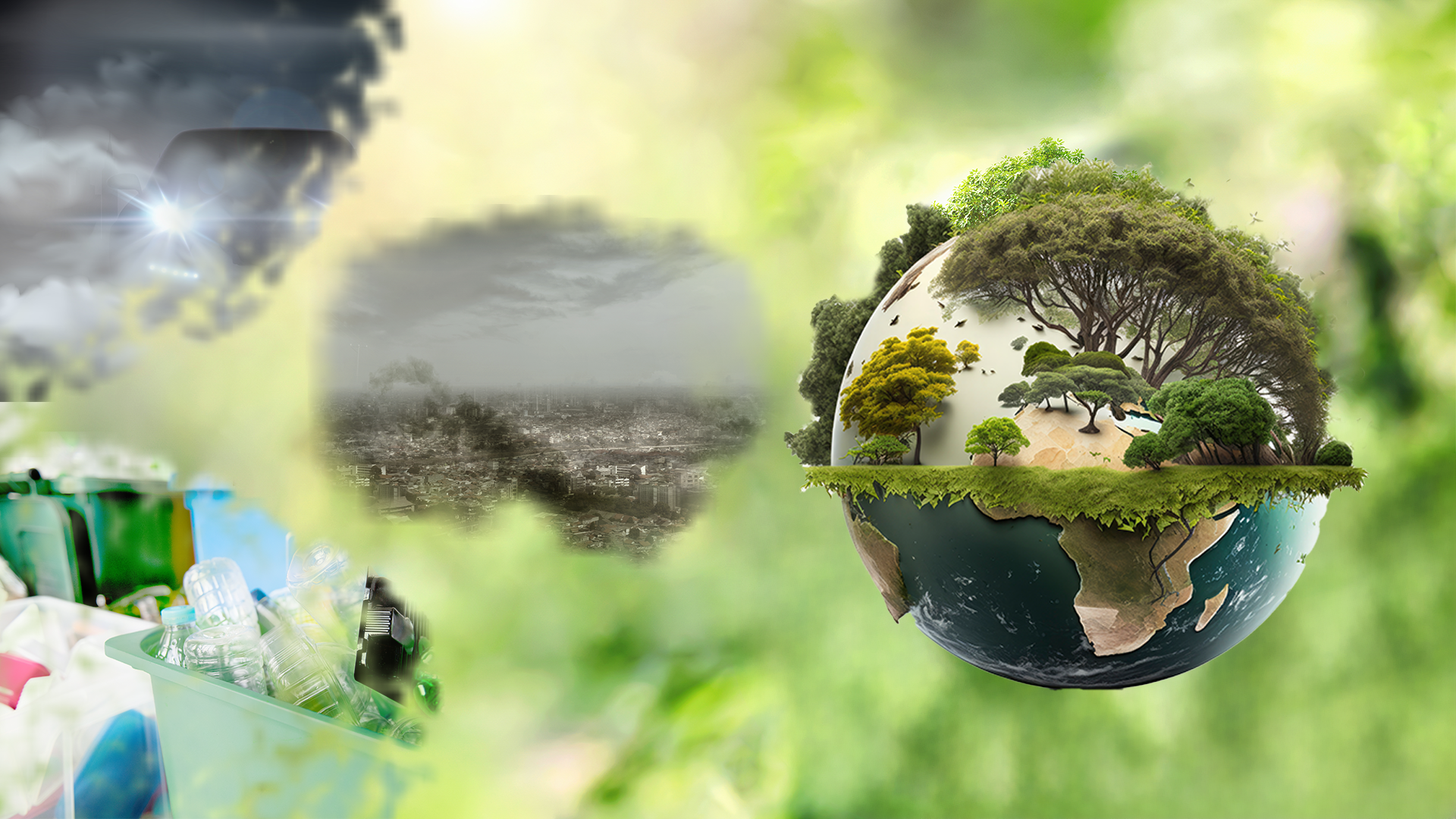The climate crisis remains an urgent priority to Canadians. After all, it is an existential threat to the well-being of every Canadian. This summer, Canada and the world watched in horror as wildfires spread throughout towns and communities, endangering the livelihood and lives of thousands across the country.
Climate change poses physical risks. For example, emission of greenhouse gases from human activities contributes to global warming, raising the global temperature by 1.0 degrees Celsius. The increase in global temperatures impacts labour and productivity globally.
Moreover, an increase in temperatures impacts Canada’s diverse geographic regions, with Canada’s forests being the most vulnerable. The meltdown of ice sheets and glaciers also takes a toll on the ecosystem, resulting in warm rising oceans and severe storms.
What is Canada Doing for the Environment?
The Canadian government initiated several efforts to protect the environment, starting with the oceans. Being the country with the longest coastline in the world, Canada spearheaded the Ocean Plastics Charter in 2018.The charter outlines tangible actions to eliminate plastic pollution. It calls for urgent action to mitigate the impacts of marine litter on the health and sustainability of the oceans, seas, and coastal communities.
Many organizations and businesses in Canada endorsed the Charter. Sustainable approaches to using and managing plastic bags and reducing ocean pollution have been implemented. For example, several stores nationwide charge for reusable bags when shopping.
Canada is determined to reach its international commitment under the Ocean Plastics Charter, which includes a vision to achieve zero plastic waste by 2030. The federal, provincial, and territorial governments are working collaboratively to implement a Canada-wide strategy of zero plastic waste.
Under the plan, Canada aims to recover 100 per cent of all plastic waste by 2040. This entails a rigorous clean-up process. The path forward involves preventing, reducing, reusing, recovering, and cleaning up plastic waste across the vast expanse of the country.
Apart from raising awareness on the consumer level by using recycled single-use bags, the government is facilitating a clean-up program to tackle environmental debris. Canada is among the first 8 per cent of countries in the world to ban toiletries containing plastic microbeads.
Legislations to Advance Climate Action
To reduce the carbon footprint, Canada introduced Bill C12, also known as the Net Zero Accountability Act, which aims to make Canada reach its long-term goal of achieving net-zero emissions by 2050. It also requires future sitting government officials to consistently and transparently create climate action plans.
In December 2020, the government released the Healthy Environment Healthy Economy plan, ensuring that Canada’s carbon price will continue to increase yearly after 2022. Canadians can expect a standardized carbon price nationally of $170 per ton by 2030.
Carbon pricing plays a pivotal role in tackling the urgency of the climate crisis. It sends a strong message to the economic sector not to externalize the cost of pollution and provides an incentive at the consumer level to change people’s behaviour.
The Canadian government facilitated and co-founded the Powering Past Coal Alliance, which created strategies to phase out coal in the years since its launch. Working collaboratively with local communities and groups like the Task Force for Coal Workers and Communities, it regularly speaks out and supports communities impacted by the phasing-out of coal-fired electricity.
Ontario was among the first provinces to phase out coal-use electricity entirely, and Alberta has committed to phase out coal-fired electricity completely by 2030. Burning coal contributes to climate change, because coal is the largest source of greenhouse gas emissions.
Climate Change and Indigenous Communities
To fight climate change, the government is looking to indigenous communities to manage its boreal forests, one of the world’s largest intact forest ecosystems, and one of its biggest carbon stores.
Canada’s boreal forests store 208 billion metric tons of carbon and is considered the world’s largest terrestrial carbon vault. To meet its climate goals, the government is turning to indigenous communities to manage the boreal forests by ceding more forest land to them. The federal government set aside 340 million to support areas protected by indigenous groups and networks.
The program provided more than 50 indigenous communities across the country with needed funds to establish and oversee areas for conservation to reduce deforestation and safeguard the forests’ carbon sinks. Many indigenous communities welcomed the support from the government to protect the forests and territories, which constitutes 70 per cent of their communities.
In 2020 the provincial government increased the percentage of protected land in the Cree territory from 12 per cent to 23 per cent, backing their efforts to create a network of hydrologically connected areas with habitats for endangered animals.
With a total area of 9,984,670 km2, Canada is the second largest country in the world. Given its size, it is also one of the top ten global pollution emitters. It has the highest per capita emissions among industrialized lands, which is why every single contribution Canada makes to climate change matters now and in the future!
David Messiha | Staff Writer




















